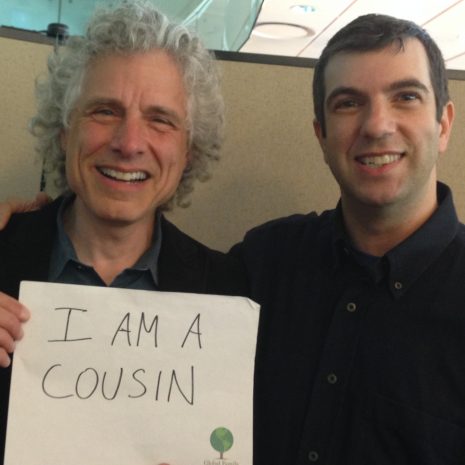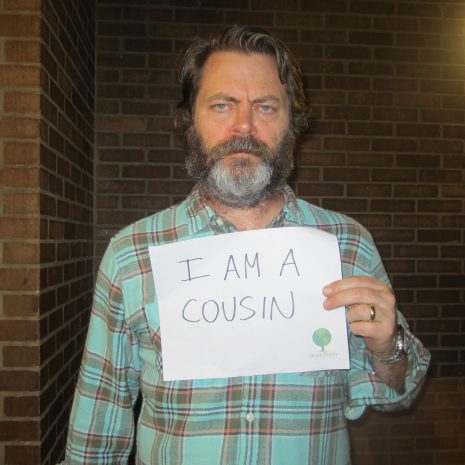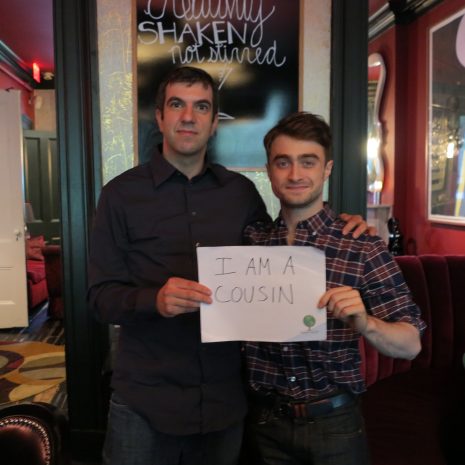Hello Cousins! We’ve got another tip for you this week.
After putting all your grandparents in order last week, you may be left with information on all their children; not just your parents. What are you supposed to do with that? Is it really useful to you? Of course it is! You’ll soon learn as a family researcher that those lateral connections can offer great clues when you are having troubles figuring out who is who. You want to keep all that information as much as you want to keep your grandparents’ information. One great way to keep track of it is using family group sheets. Pedigree charts from last week do an excellent job of helping us see our direct line, but for each set of those parents, there is a family attached. I like to write the page numbers of the family group sheet to corresponds to someone after their name on the pedigree chart so I can find them quickly.
Post by Abby Glann








